Return of the Prospects
A lot of baseball cards have been released in 2013. Between Topps (MLB and MLBPA licenses), Panini (MLBPA license), Leaf (no licenses), and Upper Deck (MLBPA license but strict MLB oversight), more than 40 baseball products have been released this year. So which cards stand out from the rest? To answer that question, we’ll break down the key Mets cards from 2013 in The Essentials.
2013 was filled with new Mets autographs from the first days of the year all the way to the last. Add in a few current stars (well, as much as the current team has stars) and loads of former favorites and you’ve got a pretty decent bunch of cards for one year. Best of all, 2012’s prospect drought didn’t carry over to 2013. Instead, we were treated to a bountiful prospect crop, so let’s start there.
Prospects
Aside from a few 2011 draft picks in Elite Extra Edition and a couple of 2012 draft picks in Bowman Draft, the prospect autographs in 2012 were limited to, well, Chris Schwinden. And maybe some Reese Havens, if he and/or SP Signature count. Things started off much the same in 2013 with the first Panini-branded Elite Extra Edition.
EEE gave us the first autographs from 2012 draft picks Branden Kaupe, Logan Taylor, Matt Koch, and Matt Reynolds (Reynolds was supposed to have his first autographs in 2012 Bowman Sterling, but redemptions were issued instead and the cards were released in 2013 Bowman Chrome). Gavin Cecchini also made an appearance with Kevin Plawecki showing up as redemptions (that have yet to be fulfilled as of the end of 2013).
Coming into 2013, two dozen Mets prospects had been featured on Bowman Chrome autographs in Bowman, Bowman Chrome, and Bowman Draft, from Bob Keppel in 2001 to Kevin Plawecki in 2012. 2013 Bowman had just Jeurys Familia RC autographs, but Bowman Chrome picked up the slack with Luis Mateo, Matt Reynolds (now signing with just his first initial instead of the full name) and Rafael Montero. Bowman Draft added 2013 draft picks Dominic Smith and Andrew Church. Mateo, Reynolds, and Smith had their first autographs in other products (2013 Bowman Platinum, 2012 Panini EEE, and 2013 Panini Perennial Draft Picks, respectively), but Bowman Chrome is king of the prospect autographs.
Not that Panini is going down without a fight. They may not have a license from MLB Properties, but they’re still making a big push to get a piece of the baseball card market. Traditionally, Panini wouldn’t put out autographs from draft picks until January’s EEE. This year, Panini Prizm Perennial Draft Picks was positioned to challenge the prospect aspects of Bowman Chrome and Bowman Draft Picks & Prospects (hence the overly alliterative name). Not only did Panini get top pick Dominic Smith, but they also landed autographs from third round pick Ivan Wilson and past picks Jayce Boyd and Cory Vaughn. Rainy Lara and Amed Rosario were included as redemptions, but there’s no word on when those will be fulfilled (Panini’s got a lot of signing to do…).
Without licenses from either MLB Properties or the MLBPA, Leaf didn’t have much to work with except retired players and prospects. They did an impressive job with that limitation, getting Dominic Smith and Rafael Montero to sign for them in multiple products alongside their one exclusive signer, Domingo Tapia. All three had autographs in Leaf Metal, Leaf Memories, and Leaf Trinity, the latter of which featured thick plastic slabs, memorabilia, or inscriptions on all of its cards. Though limited in its scope, Leaf’s offering in 2013 was quite noteworthy. Hopefully the MLBPA is paying attention, too bad MLB Properties has hitched itself to Topps for the foreseeable future.
Not that Topps has been all that bad lately. In addition to the players with Bowman Chrome autos, Topps also managed to get signatures from 2012 7th round pick Corey Oswalt (winner of the “Most random prospect to have an autograph card in 2013” award that doesn’t exist) and 2013 4th round pick L.J. Mazzilli, son of former Met Lee Mazzilli. On top of that, they also produced the first Mets autographs of top prospects Travis d’Arnaud and Noah Syndergaard. That leaves most of the Mets’ top 20 or so prospects with autograph cards of some soft except for Jacob deGrom and Gabriel Ynoa.
Rookie Cards
When it comes to Rookie Card autographs in 2013, the big name was Jeurys Familia. Seriously, he was in just about everything for the first 8 months of the year, at which point Zack Wheeler took over and finished off the year’s RC auto appearances. The pair accounted for all of the Mets RC autos released by Topps in 2013.
But not all of the Mets RC autos in 2013. Panini Pinnacle was perfectly positioned to provide the premier penmanship piece from recently departed Mets pitcher Collin McHugh. Familia was in there too because, well, just because.
2012 Rookies
Last year’s default rookie signers Jordany Valdespin and Kirk Nieuwenhuis were back again in 2013, though JV1’s first autograph this year will probably also be his last as a Met. Things aren’t looking too good for Nieuwenhuis, who wasn’t even called up in September. He still had a bunch of autographs in Gypsy Queen, Tier One, and Triple Threads.
2013 All-Stars
Both of the Mets All-Stars from 2013 had autographs released in 2013, though all of Matt Harvey’s were dated either 2012 (all of his Panini autos) or 2011 (Bowman Platinum redemptions that finally made it out two years late). Hopefully you got your fill of Harvey autos early because prices spiked in April and haven’t cooled off all that much since then.
New Old Mets
A few new faces we’ve already forgotten also managed to get some autographs out in 2013. Collin Cowgill and Shaun Marcum were featured in Topps Series 2, then Cowgill came back in Topps Update to commemorate the one thing of significance he did in his very brief Mets career. Marcum also had a few autographs in Topps Tier One alongside Kirk Nieuwenhuis and (of course) Jeurys Familia.
Dickey
R.A. Dickey continued to have Mets autographs into 2013, including these three on-card beauties. The Gypsy Queen and Tribute Dickey autos were released as redemption cards and were sent out shortly after the Museum Collection card was released (Museum Collection also included several cards with Dickey sticker autos).
Fan Favorites
This year had another good haul of Mets autographs in Topps Archives. Gregg Jefferies, Howard Johnson, Jesse Orosco, Kevin McReynolds, Keith Miller, Mookie Wilson, Ron Darling, and Sid Fernandez were all featured in the Fan Favorites Autographs set, though several of these were in card styles that were used in previous Fan Favorites Autographs sets. This is Keith Miller’s first autograph card because, well, he’s Keith Miller.
Hometown Heroes
Panini’s attempt at an Archives clone didn’t come out all that well but still managed to include autographs from several Mets favorites including Darryl Strawberry, Lee Mazzilli, Lenny Dykstra, Ron Darling, Mookie Wilson, Dave Kingman, and Tom Seaver. Pat Tabler, not shown as a Met, has his first certified autographs here.
Memories
Leaf’s Archives clone on the other hand is starting to come into its own in its second year. In addition to the previously mentioned prospects, Leaf Memories was loaded with buyback autographs from retired favorites like Dwight Gooden, Darryl Strawberry, Keith Hernandez, Sid Fernandez, Kevin Mitchell, Dave Magadan, Kevin Elster (his first certified autographs), and Barry Lyons. Many others Mets were shown in other uniforms, including Rick Aguilera with his first certified autographs. Unfortunately, many of the buybacks were issued as redemption cards, some of which couldn’t be entered into the online redemption system and had to be redeemed through Leaf customer service. As of the end of 2013, only the Elster autos are known to have been fulfilled.
Chasing History
As usual, Topps threw a few sticker autographs from retired Mets in its main base autograph insert, Chasing History. Gary Carter, Dwight Gooden, and Howard Johnson are featured here in autographs from Series 1 (Carter and Gooden) and Update (Johnson). Carter autographs are getting harder to find and his Chasing History Autograph insert was available at surprisingly low prices.
Heritage
After having only one Mets autograph last year, 2013 Heritage was loaded with Mets. Al Moran, Amado Samuel, Jay Hook, Mike Joyce (never actually played for the Mets), Pumpsie Green, and Tim Harkness represented the biggest Mets contingent in Heritage history (though at this point the Mets have only existed for three years). Ken MacKenzie has his first certified autographs in 2013 Heritage as a Giant.
New Ink Colors
In 2013, Topps expanded its use of various colored markers into more products than ever before. While the use of different colors has been common in Tier One and Museum Collection Framed Autographs from their start, Topps Chrome and Topps Triple Threads have added metallic marker variants for the first time. Tier One itself added a new color, copper rose, to replace the white that was easily confused with silver in the past.
And that will do it for this year’s installment of The Essentials. The remainder of 2013’s wrap-up posts will go up later this week. Happy New Year!
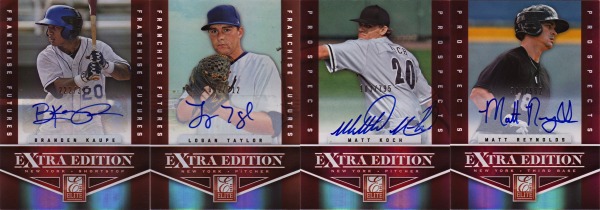
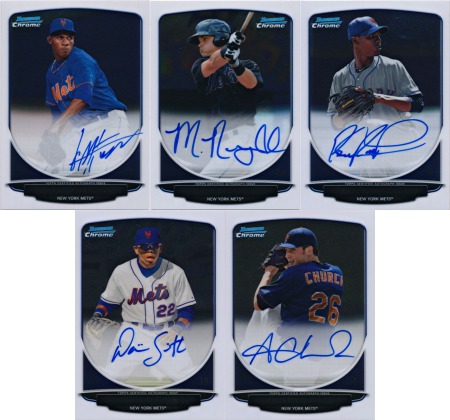
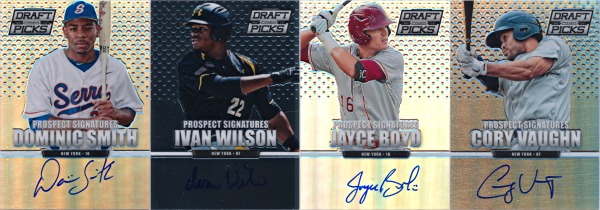
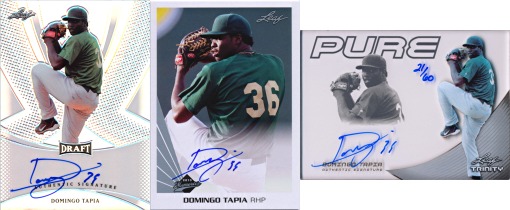
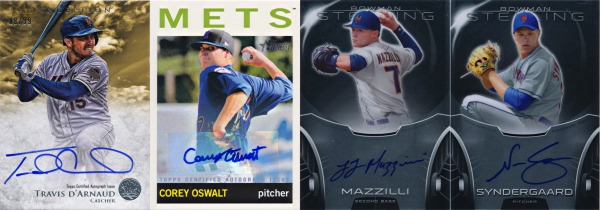
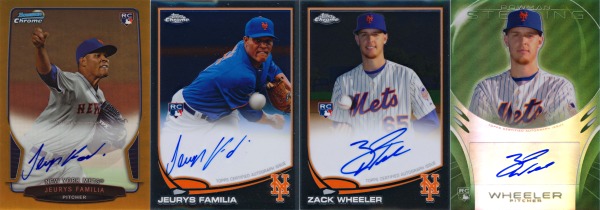
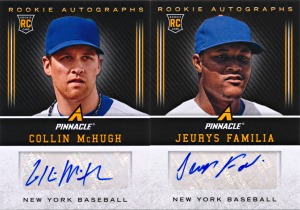
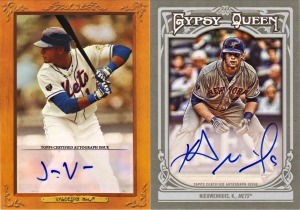
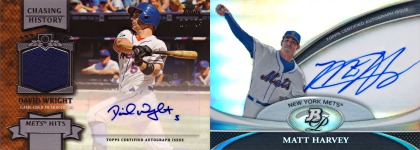

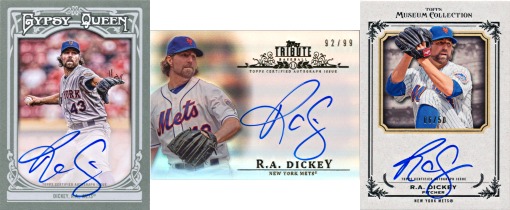
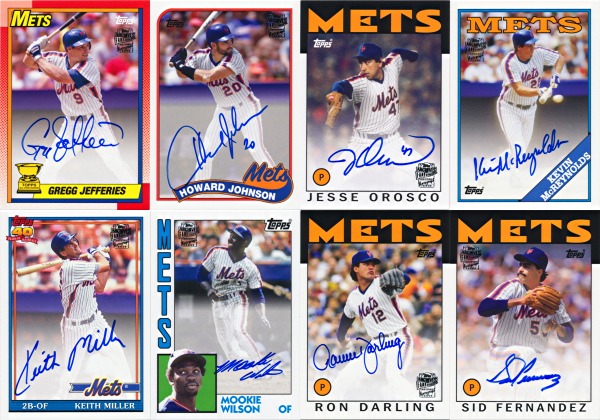
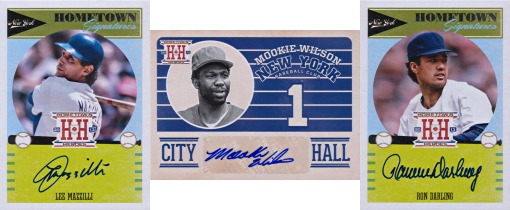
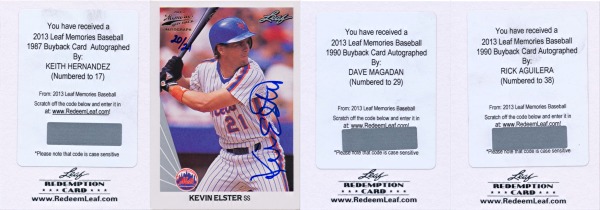

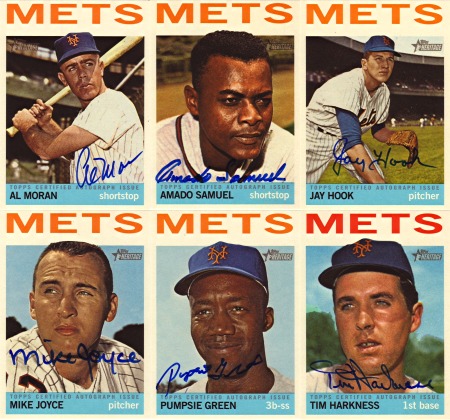
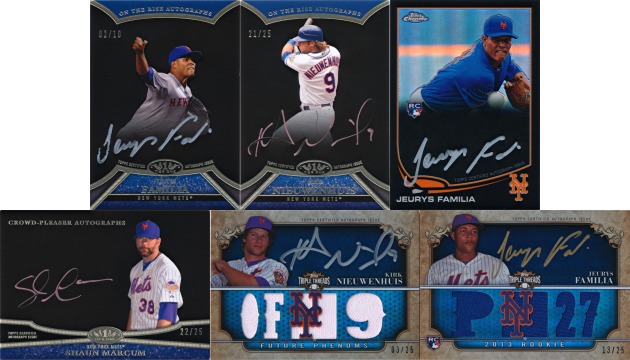
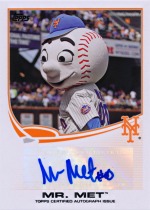
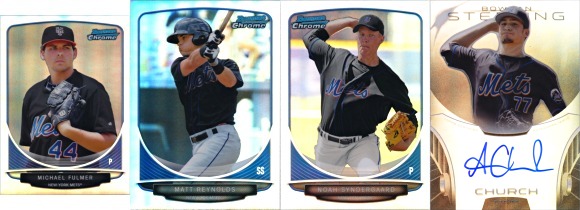
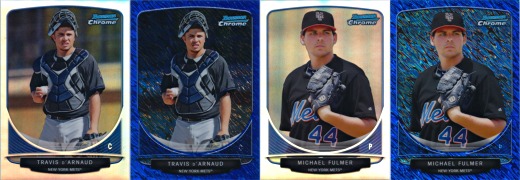
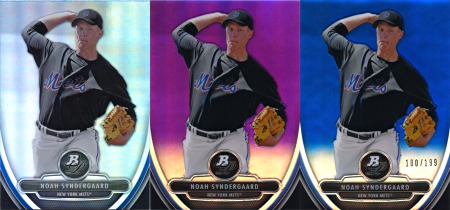
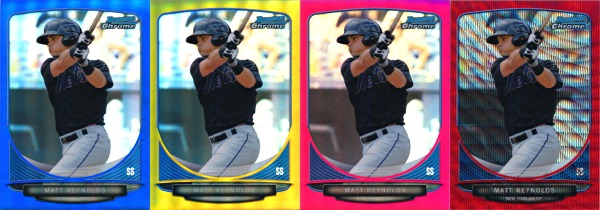
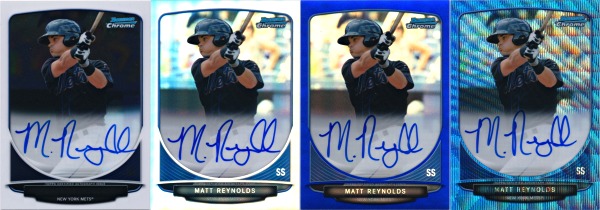
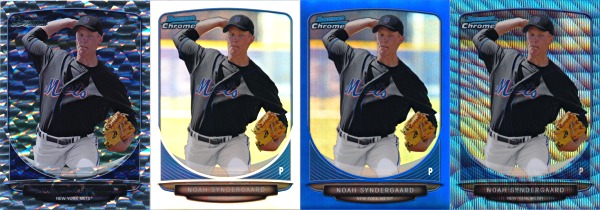
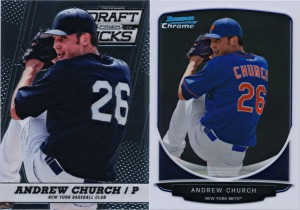
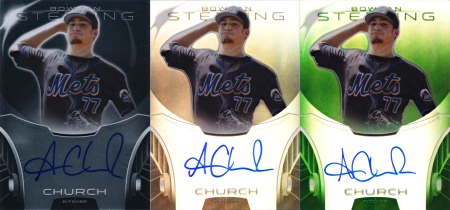
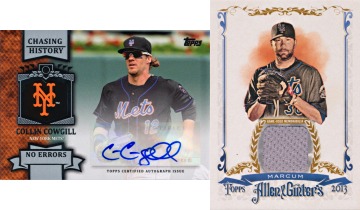
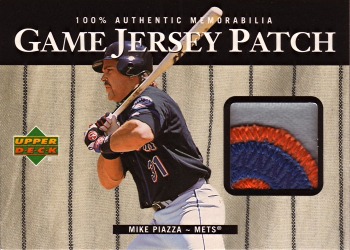
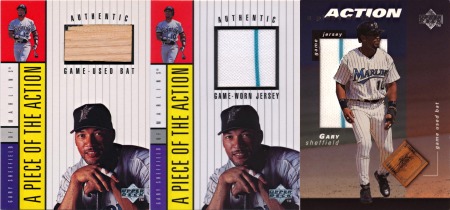
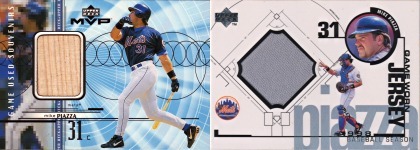
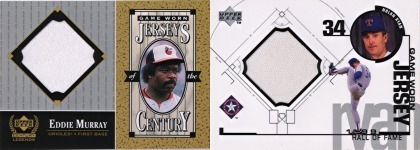
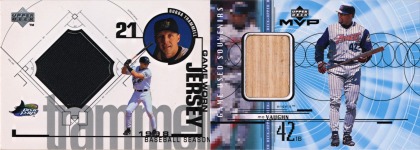

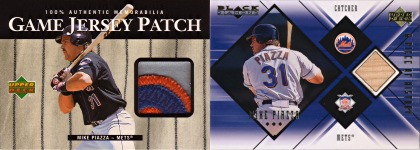

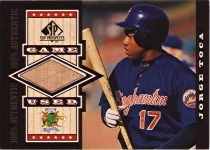

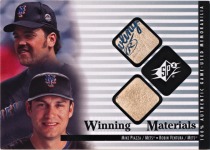
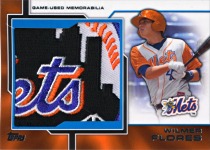
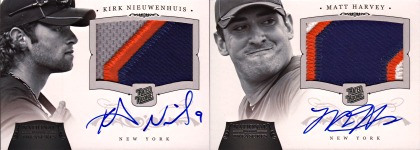
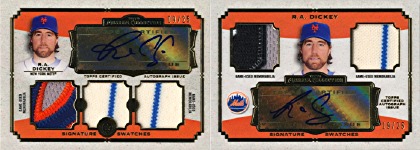
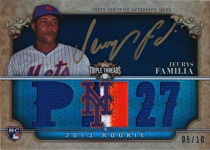
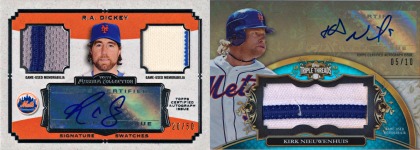
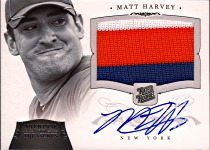

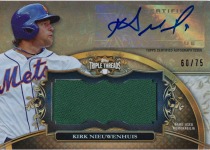



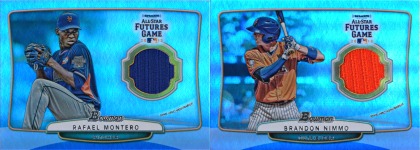
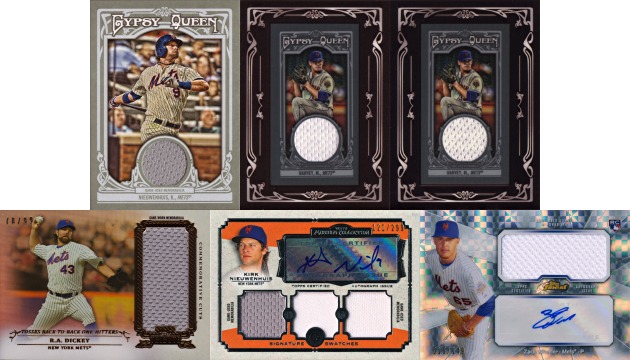
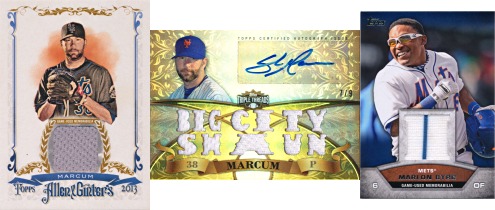
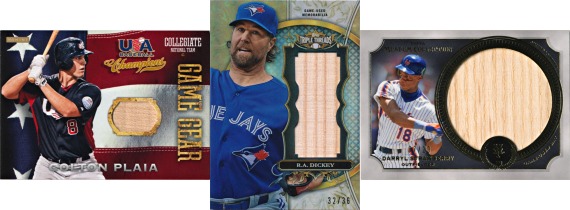
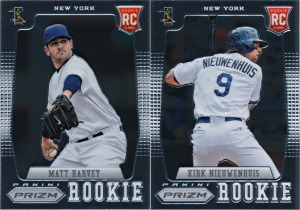
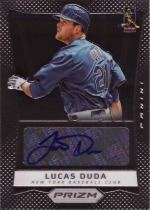
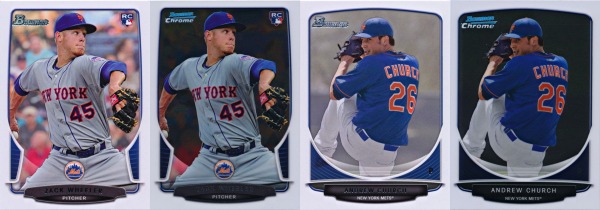
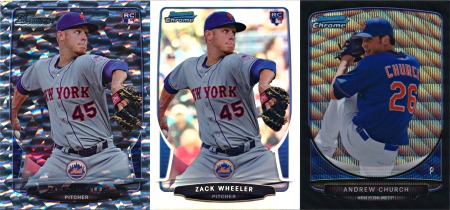
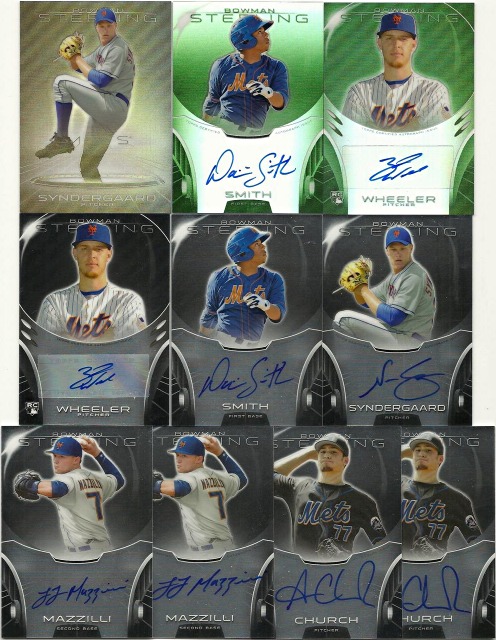
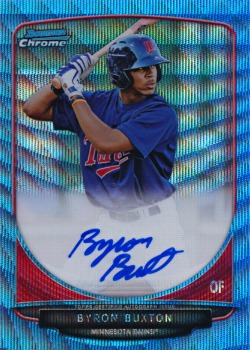
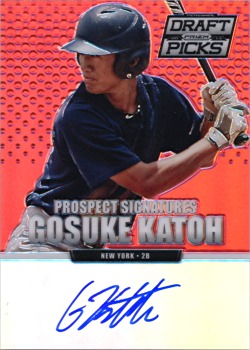
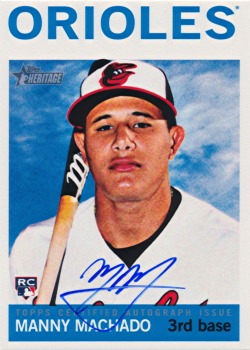
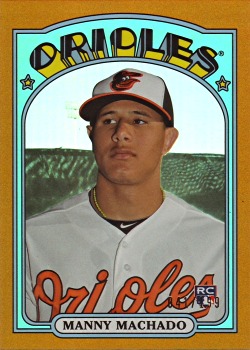
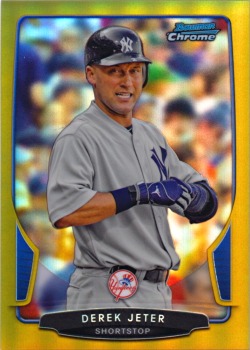
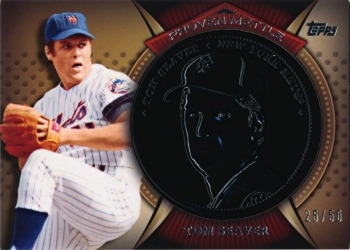
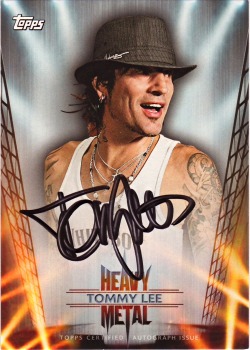
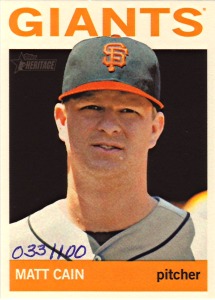
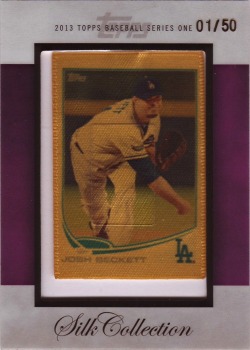
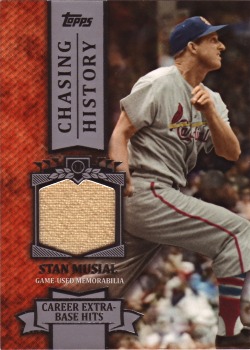
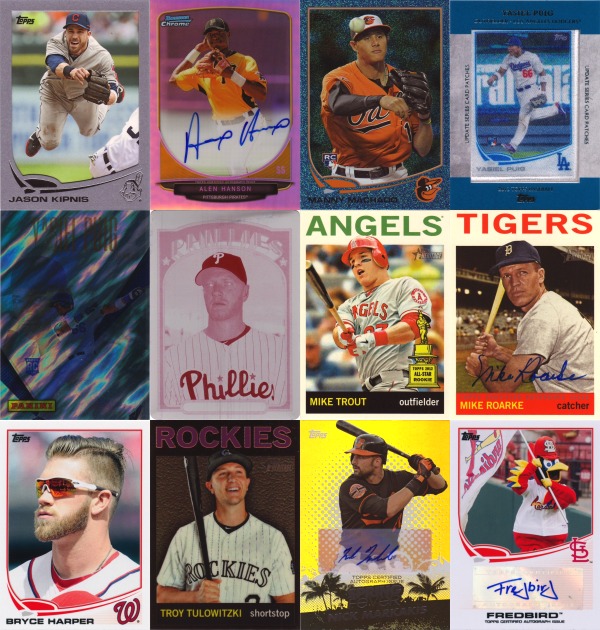
Recent Comments